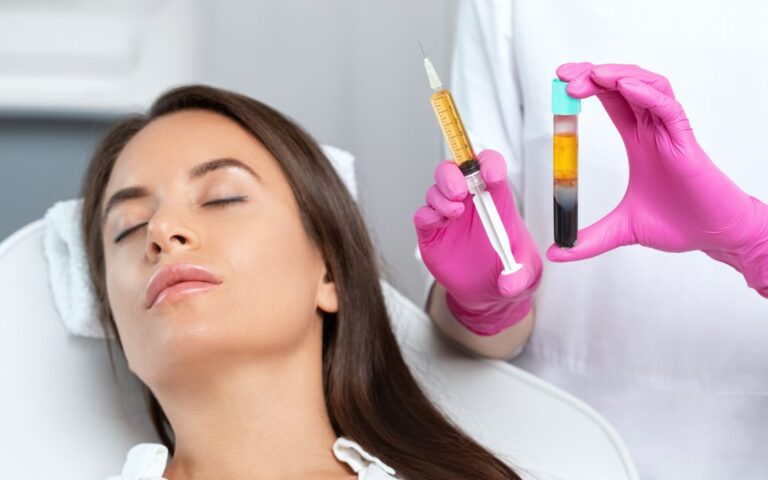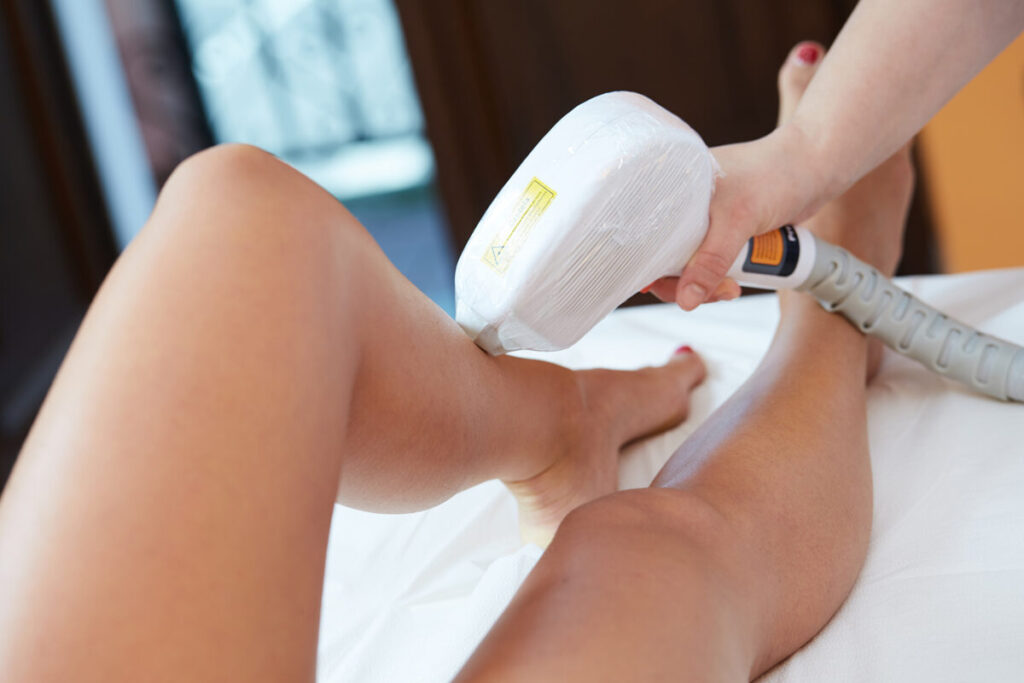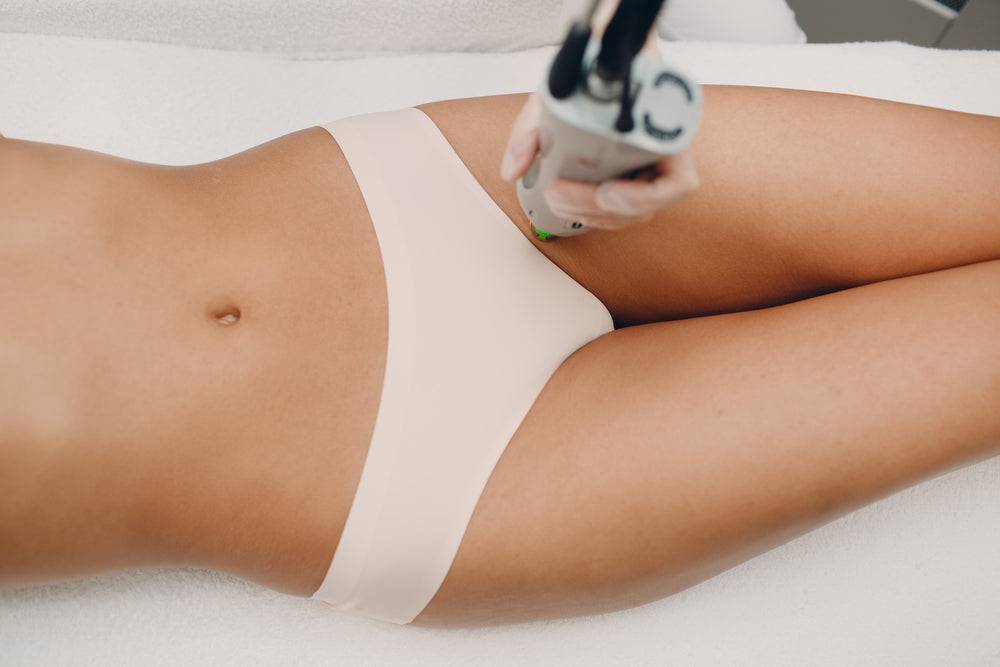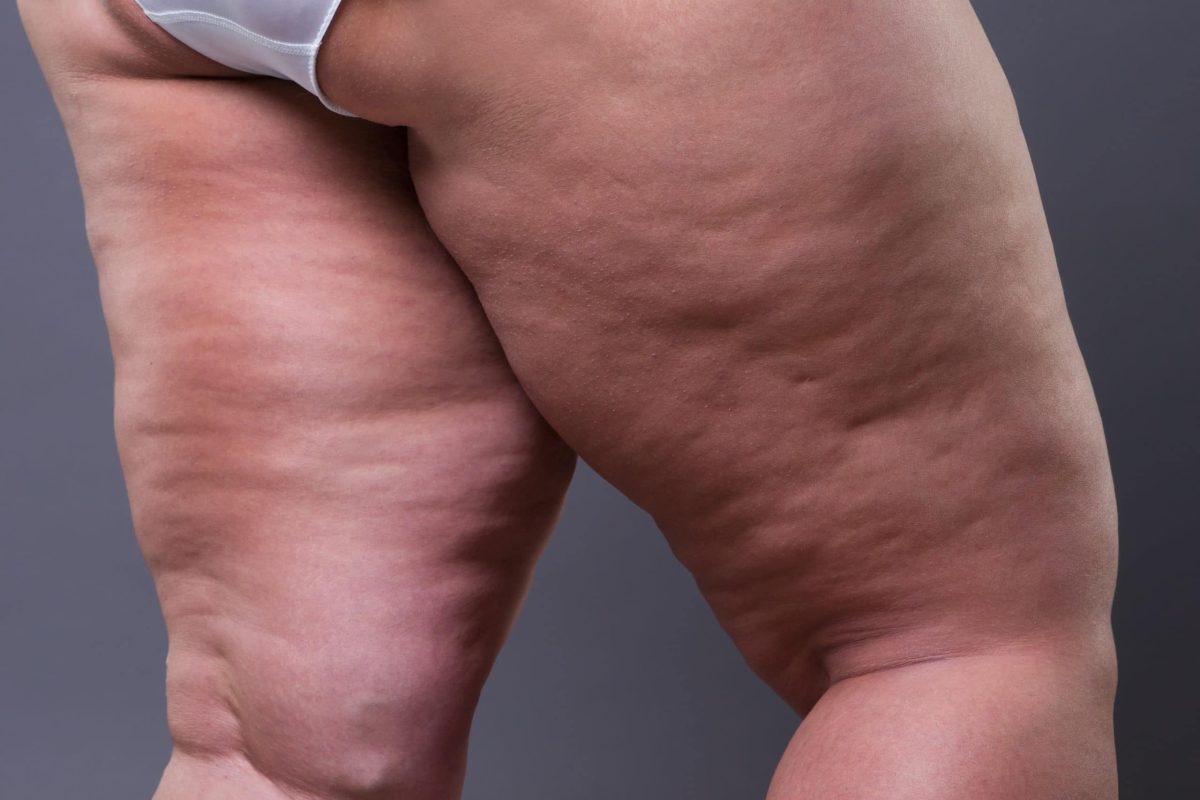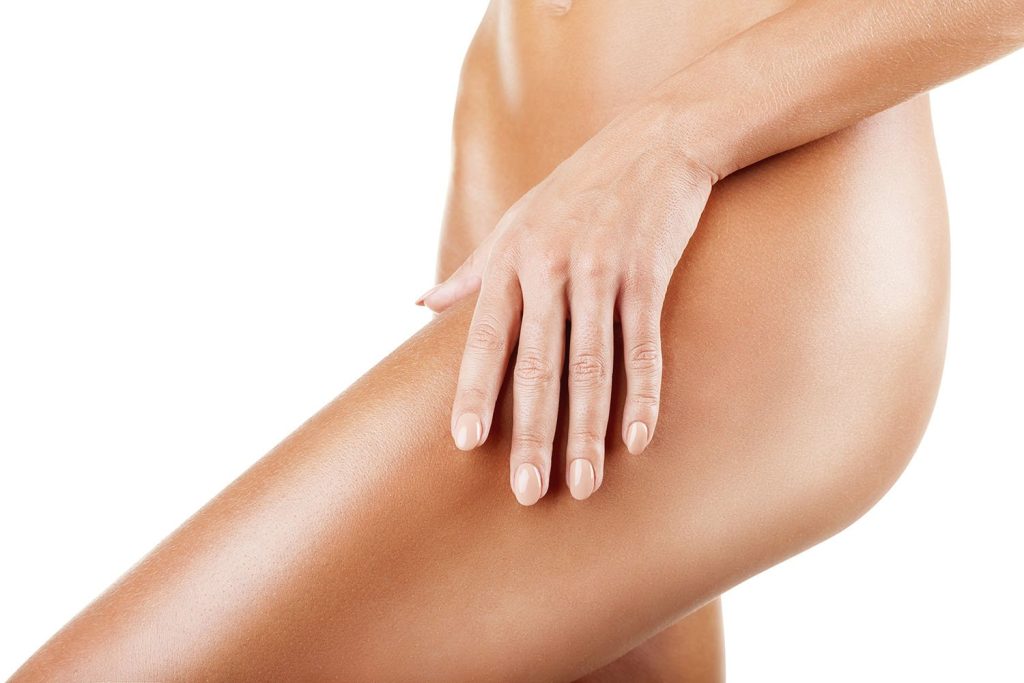Understanding Liposuction
Traditional Liposuction
Traditional liposuction, also known as tumescent liposuction, involves removing fats from the body using a suction technique for cosmetic procedures, weight loss surgery. A surgeon inserts a thin tube, or cannula, through small incisions in the skin during a liposuction procedure, a cosmetic surgery targeting the thighs. Then, in the traditional lipo surgery, they manually break up fat cells and suck them out of the body during the liposuction procedure. This liposuction procedure has been around since the 1980s and is best for targeting larger areas of fat and weight on one hand, but the costs can be significant.
It requires general anesthesia due to its invasive nature. Patients often experience longer recovery times but can see dramatic results in body contouring after a liposuction procedure, including fat transfer, despite the costs and weight considerations.
Laser Lipo
Laser lipo uses laser energy to liquefy fat before removal, affecting weight and cost. This technology allows for a less invasive procedure compared to traditional methods, including fat transfer, with less weight. A laser fiber is inserted through a very small incision, melting the fat which is then easily removed with suction.
This method typically results in less swelling and bruising post-operation, leading to a quicker recovery time. It’s ideal for smaller areas and for patients looking for more precise body contouring.
Evolution of Techniques
The evolution from traditional to laser lipo marks a significant shift towards minimally invasive cosmetic procedures. Initially, liposuction was purely surgical, involving significant downtime and higher risks of complications.
Over time, advancements like tumescent liposuction reduced some risks by limiting blood loss and reducing recovery time. The introduction of laser technology further revolutionized fat removal by offering precision and reduced trauma to surrounding tissues.
Goal of Liposuction
Despite popular belief, the primary goal of liposuction isn’t weight loss but rather body reshaping and contouring. Both traditional and laser lipo aim to remove stubborn fat that doesn’t respond to diet or exercise, enhancing the body’s natural silhouette.
Patients should have realistic expectations about the outcomes. They should understand that maintaining results requires a healthy lifestyle post-procedure.
Key Differences Between Techniques
Invasiveness Level
Traditional liposuction is more invasive compared to laser lipo. It requires physical manipulation of fat with a cannula. This leads to more trauma in the treated areas.
Laser lipo, on the other hand, uses thermal energy to liquefy fat. This method is minimally invasive. Patients often experience less discomfort during and after the procedure.
Recovery Times
Recovery from traditional liposuction can take weeks. Patients might need to take significant time off work. They often report considerable pain in the days following the procedure.
Laser lipo offers shorter recovery times. Many return to their daily routines within a few days. The reduced invasiveness results in less pain and quicker healing periods.
Skin Tightening
One standout benefit of laser lipo is its ability to tighten skin post-procedure. Traditional liposuction lacks this effect. Without it, some patients may experience skin irregularities or sagging after fat removal.
The heat from the laser promotes collagen production. This leads to firmer, smoother skin over the treated region. It’s a significant advantage for those concerned about skin appearance post-procedure.
Target Areas
Traditional liposuction works well for larger areas of fat accumulation. It allows surgeons to remove significant volumes at once.
Laser lipo excels in treating small areas with precision. It’s an ideal option for contouring and defining specific regions of the body.
Complication Risks
Both procedures carry risks, but traditional liposuction has a higher rate of complications due to its invasive nature. These can include infections, bleeding, and fat embolism.
Laser lipo’s minimally invasive approach reduces these risks significantly. However, there’s still a small chance of burns from the laser’s heat.

Cost Considerations
Generally, traditional liposuction costs more because it often requires general anesthesia and longer operation times. The complexity of the procedure can also drive up prices.
Laser lipo might be seen as more cost-effective due to its shorter procedure time and the possibility of local anesthesia. Yet, multiple sessions may be needed for optimal results, affecting overall cost.
How Laser Lipo Works
Laser Energy
Laser liposuction harnesses laser energy to precisely target and break down fat cells in the body. This technique uses a specific wavelength of light to penetrate through the skin, reaching the fat beneath without harming surrounding tissues. The laser’s heat not only liquefies the fat but also stimulates collagen production. This leads to tighter, more youthful-looking skin post-procedure.
The role of laser energy extends beyond mere fat removal. It promotes significant skin contraction, an advantage not typically observed with traditional liposuction methods. Patients often notice an improvement in skin texture and firmness, thanks to the increased collagen levels.
Optical Fiber
A key tool in laser lipo is the flexible optical fiber used to deliver laser energy directly to fat deposits. This fiber is thin enough to be inserted through very small incisions, making the procedure minimally invasive.
The flexibility of the optical fiber allows for precise targeting of fat areas, ensuring that only unwanted fat cells are affected. Its use significantly reduces the risk of damage to adjacent tissues, a common concern with more invasive procedures.
Coagulation Effects
Laser lipo stands out for its ability to coagulate small blood vessels during the procedure. This critical feature minimizes bleeding and bruising, leading to a smoother recovery period compared to traditional liposuction.
The process involves the laser’s thermal effect sealing off blood vessels as it moves through the tissue. This not only reduces immediate post-operative bleeding but also decreases overall inflammation and bruising in the days following surgery. As a result, patients can return to their normal activities much sooner.
Laser Lipo and Stretch Marks
Skin Tightening
Laser lipo goes beyond traditional fat removal. It offers skin tightening benefits, making it a sought-after procedure for areas with stretch marks and less elastic skin. The laser’s heat promotes collagen production, leading to firmer and smoother skin over time.
Patients often notice an improvement in the texture of their skin following the procedure. This is because laser lipo stimulates the underlying tissues, enhancing skin elasticity. However, it’s crucial to have realistic expectations. While laser lipo can tighten the skin, its primary goal is not to eliminate stretch marks but to contour the body by removing fat.
Neocollagenesis
The term “neocollagenesis” refers to the creation of new collagen, a key protein that keeps skin looking youthful and resilient. Laser lipo plays a significant role in this process by heating the skin’s deeper layers. This heat triggers the body’s natural healing response, which includes producing more collagen.
This increase in collagen can lead to a reduction in the appearance of stretch marks over time. The process is gradual, and results vary from person to person. Some may see noticeable improvements in their stretch marks, while others may find the changes less pronounced. Despite this variance, many patients appreciate the dual benefits of fat reduction and potential aesthetic enhancements to their skin.
Realistic Expectations
It’s important for patients considering laser lipo to understand that it’s not primarily a treatment for stretch marks. While it can improve skin texture and firmness, eliminating stretch marks is not its main function. Patients should discuss their goals with a qualified professional to ensure they have realistic expectations about what laser lipo can achieve.
In cases where stretch marks are a major concern, additional treatments might be recommended alongside or after laser lipo to more directly target these areas. Combining treatments often yields better results for overall skin appearance.
Anesthesia in Lipolaser
Local Anesthesia
Local anesthesia plays a critical role in laser liposuction, ensuring patient comfort while minimizing risks. Unlike traditional liposuction, which often requires general anesthesia, laser lipo typically uses local anesthesia. This approach significantly reduces recovery time and the potential for complications.
Patients appreciate the safety and convenience of local anesthesia. They remain awake but pain-free during the procedure. This method also allows for a quicker return to daily activities, making it a preferred choice for many.
General Anesthesia
In contrast, traditional liposuction frequently necessitates general anesthesia. This involves a deeper level of sedation, where patients are completely unconscious. While effective for extensive fat removal, it carries greater risks and a longer recovery period.
The use of general anesthesia in traditional liposuction underscores its invasive nature. Patients must undergo thorough pre-operative assessments to mitigate risks. Recovery from general anesthesia can be challenging, with potential side effects including nausea and disorientation.
Patient Comfort
Ensuring patient comfort is paramount in minimally invasive procedures like laser lipo. The use of local anesthesia with or without sedation highlights this commitment. By reducing discomfort and anxiety, patients report higher satisfaction levels with their experience.
Moreover, the targeted approach of laser lipo under local anesthesia minimizes tissue trauma. This leads to less post-operative pain and swelling compared to traditional methods. It’s this attention to detail that enhances patient safety and outcomes.
Performing Laser Lipo
Anesthesia Application
After the initial application of anesthesia, which was detailed in the previous section, the next step involves preparing the targeted area for laser lipo. Plastic surgeons meticulously clean and mark the regions where fat removal is desired. This precision ensures that only unwanted fat is targeted, safeguarding surrounding tissues.
Patients receive either local or general anesthesia, depending on the extent of their procedure. This ensures comfort throughout the process, allowing for a smoother operation with minimal discomfort.
Laser Incision
Once the area is numb and marked, a small incision is made. Through this opening, a thin tube containing the laser fiber is inserted directly into the fatty tissue. The size of this incision is minimal, often no larger than a few millimeters, reducing potential scarring.
The laser energy emitted from the fiber heats up fat cells until they liquefy. This state allows for easier removal and less trauma to surrounding areas compared to traditional lipo methods.
Fat Removal
Following the liquefaction of fat, it’s gently suctioned out of the body. The dual action of laser lipo—liquefying and then removing fat—significantly reduces bruising and swelling post-operation. It also promotes quicker healing times.
This method offers unmatched precision, enabling plastic surgeons to sculpt and contour with greater control. Areas previously difficult to fine-tune can now be addressed with laser lipo’s targeted approach.
Skin Tightening
An added benefit of using laser technology is its ability to tighten skin concurrently during fat removal. The heat generated encourages collagen production, leading to firmer, smoother skin over treated areas. This dual action makes laser lipo an attractive option for those seeking cosmetic enhancement without extensive surgery.
Healing Process
Post-procedure care involves wearing compression garments to support healing and shape contouring. Patients typically return to normal activities within days, although strenuous exercise should be avoided for a couple of weeks.
The healing phase allows for natural body adjustments, further enhancing results as swelling subsides and skin adapts to new contours.
Refined Retouching
Laser lipo stands out for its ability to perform refined retouching in subsequent sessions if necessary. This flexibility ensures patients achieve their desired aesthetic outcome with minimal risk and downtime.
Advantages of Laser Over Traditional
Minimal Downtime
Laser lipo offers significantly reduced recovery time compared to traditional liposuction. Patients often return to daily activities much quicker. This is mainly due to the less invasive nature of laser technology, which uses energy beams to liquefy fat before removal.
The process results in minimized bleeding and swelling. It’s a game-changer for those concerned about the post-operative period.
Enhanced Safety
Safety is paramount in any cosmetic procedure. Laser lipo has a remarkable safety record. The precision of energy beams targets fat cells without harming surrounding tissues. This precision reduces the risks associated with traditional liposuction.
Moreover, advancements in laser technology have made procedures more predictable and controllable, contributing to overall patient safety.
Skin Contraction
One of the standout benefits of laser lipo is its ability to promote skin contraction in the treated area. Traditional methods might leave behind loose skin after fat removal, but laser lipo stimulates collagen production.
This leads to tighter, more toned results that enhance the body’s natural contours.
Patient Satisfaction
High levels of patient and practitioner satisfaction underscore the effectiveness of laser lipo. Its ability to precisely target fat deposits while promoting skin tightening leads to superior aesthetic outcomes.
Patients appreciate the dual benefits of fat reduction and skin rejuvenation, which are not always achievable with traditional methods.
Versatility
Laser lipo shines in its versatility, especially in treating hard-to-reach areas like the chin, neck, and arms where traditional liposuction may falter. Its precision allows for detailed sculpting in these delicate areas, offering patients comprehensive body contouring options.
It can be effectively combined with traditional liposuction techniques for more extensive treatments, providing flexibility in developing personalized treatment plans.
Ideal Candidates for Laser Lipo
Localized Fat
Ideal candidates for laser lipo often struggle with stubborn fat in specific areas. These areas might include the abdomen, thighs, or arms. They have tried diet and exercise but see no change in these spots.
Laser lipo targets these localized fat deposits effectively. It breaks down fat cells for easier removal. This method suits those who are close to their ideal weight but need help with stubborn areas.
Good Health
Candidates should be in good health without major medical issues. This ensures a smooth procedure and recovery. Those considering laser lipo must also have realistic expectations about the results.
Good health minimizes risks associated with the procedure. It also speeds up recovery, allowing patients to enjoy their new contours sooner.
Skin Elasticity
Skin elasticity plays a crucial role in achieving optimal results from laser lipo. The skin must be able to contract well after fat removal. This ensures a smooth, natural-looking outcome.
Patients with good skin elasticity see the best results. Those with loose skin may need additional treatments to address sagging.
Consultation Process
A thorough consultation is essential to determine if someone is an ideal candidate for laser lipo. During this meeting, doctors assess individual goals and medical history.
The consultation helps tailor the procedure to each patient’s needs. It also sets realistic expectations for what laser lipo can achieve.
Final Remarks
Choosing between traditional liposuction and laser lipo boils down to understanding your needs, recovery expectations, and desired outcomes. Laser lipo offers a less invasive option with the bonus of skin tightening benefits, making it ideal for those seeking minimal downtime and more precise results. If you’re looking for a safer, quicker recovery process with fewer side effects, laser lipo could be your go-to. However, it’s crucial to consult with a professional to determine the best fit for your body goals.
Ready to take the next step towards achieving your ideal body shape? Reach out to a certified specialist today and discuss whether laser lipo is right for you. Remember, the choice you make can significantly impact your satisfaction with the results. Make it count.
Frequently Asked Questions
What are the main differences between traditional liposuction and laser lipo?
Traditional liposuction physically removes fat through suction, while laser lipo uses laser energy to liquefy fat before it’s removed, potentially offering a less invasive option with quicker recovery times.
How does laser lipo work?
Laser lipo targets fat cells with laser energy, causing them to break down into a liquid form. This liquefied fat is then easier to remove or can be naturally eliminated by the body, leading to reduced fat volume.
Can laser lipo help reduce the appearance of stretch marks?
Yes, in some cases, laser lipo can improve the appearance of stretch marks. The laser technology stimulates collagen production and skin tightening, which may reduce the visibility of stretch marks.
Is anesthesia required for laser lipo procedures?
Anesthesia use in laser lipo varies; local anesthesia is commonly used to numb the treatment area, making the procedure relatively comfortable and pain-free for most patients.
What are the advantages of choosing laser lipo over traditional methods?
Laser lipo often results in less bruising and swelling post-procedure compared to traditional liposuction. Its minimally invasive nature also means shorter recovery times and the added benefit of skin tightening effects not seen with conventional liposuction.
Who is an ideal candidate for laser lipo?
Ideal candidates for laser lipo are those close to their target weight but struggling with stubborn fat pockets that diet and exercise don’t seem to impact. Good skin elasticity and realistic expectations about the outcomes are also important factors.








